BLENDED
LEARNING
by
: Abdullah Farih, M.Pd
Definition of Blended Learning
Blended learning generally means the
application of two or more methods or solution to a learning need.
Blended learning is a learning approach
that integrates face-to-face traditional learning and distance learning that
use online learning resources and a variety of communication options that can
be used by teachers and students. The implementation of this approach allows
the use of online learning resources, especially web, without leaving
face-to-face activities. With the implementation of blended learning, learning
takes place more meaningful because of the diversity of learning resources that
might be obtained. So, blended learning can be interpreted as a learning
process that utilizes a variety of approach taken can utilize various kinds of
media and technology.
Blended learning is a mix of:
1.
Multimedia
technology.
2.
CD
Rom video streaming.
3.
Virtual
classrooms.
4.
Online
text animation and video streaming.
Blended learning should be the ultimate
perfect solution to tailoring learning to fit not only the learning need, but
also the style of the learner.
Characteristics of Blended
Learning
1.
Learning
that combines various ways of delivery, teaching models, learning styles, as
well as various diverse technology-based media.
2.
As
a combination of direct teaching (face-to-face), independent learning and
independent learning online.
3.
Learning
is supported by an effective combination of ways of delivery, teaching methods
and learning style.
4.
Teachers
and parents of learning participants have equally important role, teachers as
facilitators and parents as supporters.
Blended Learning Models
There are 7 models of
blended learning, they are: station rotation, lab rotation, individual
rotation, flex, flipped classroom, a la carte, and enriched virtual.
1.
Station Rotation
The Station Rotation model allows
students to rotate through stations on a fixed schedule, where at least one of
the stations is an online learning station. This model is most common in
elementary schools because teachers are already familiar rotating in “centers”
or stations.
2.
Lab Rotation
The Lab Rotation model, like a Station
Rotation, allows students to rotate through stations on a fixed schedule.
However, in this case, online learning occurs in a dedicated computer lab. This
model allows for flexible scheduling arrangements with teachers and other
paraprofessionals, and enables schools to make use of existing computer labs.
3.
Individual Rotation
The Individual Rotation model allows
students to rotate through stations, but on individual schedules set by a
teacher or software algorithm. Unlike other rotation models, students do not
necessarily rotate to every station; they rotate only to the activities
scheduled on their playlists.
4.
Flex
The Flex model lets students move on
fluid schedules among learning activities according to their needs. Online
learning is the backbone of student learning in a Flex model. Teachers provide
support and instruction on a flexible, as-needed basis while students work
through course curriculum and content. This model can give students a high
degree of control over their learning.
5.
Flipped Classroom
The Flipped Classroom model flips the
traditional relationship between class time and homework. Students learn at
home via online coursework and lectures, and teachers use class time for
teacher-guided practice or projects. This model enables teachers to use class
time for more than delivering traditional lectures.
6.
A La Carte
The A La Carte model enables students
to take an online course with an online teacher of record _in addition_ to
other face-to-face courses, which often provides students with more flexibility
over their schedules. A La Carte courses can be a great option when schools
can’t provide particular learning opportunities, such as an Advanced Placement
or elective course, making it one of the more popular models in blended high
schools.
7.
Enriched Virtual
The Enriched Virtual model is an
alternative to full-time online school that allows students to complete the
majority of coursework online at home or outside of school, but attend school
for required face-to-face learning sessions with a teacher. Unlike the Flipped
Classroom, Enriched Virtual programs usually don’t require daily school
attendance; some programs may only require twice-weekly attendance, for
example.
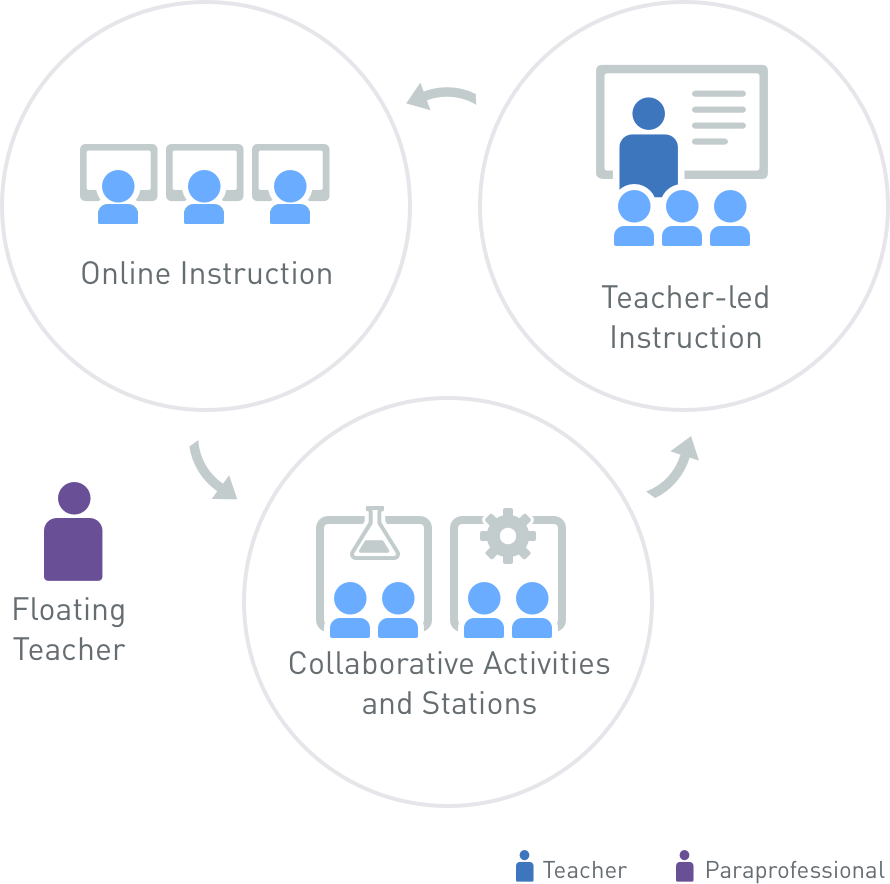
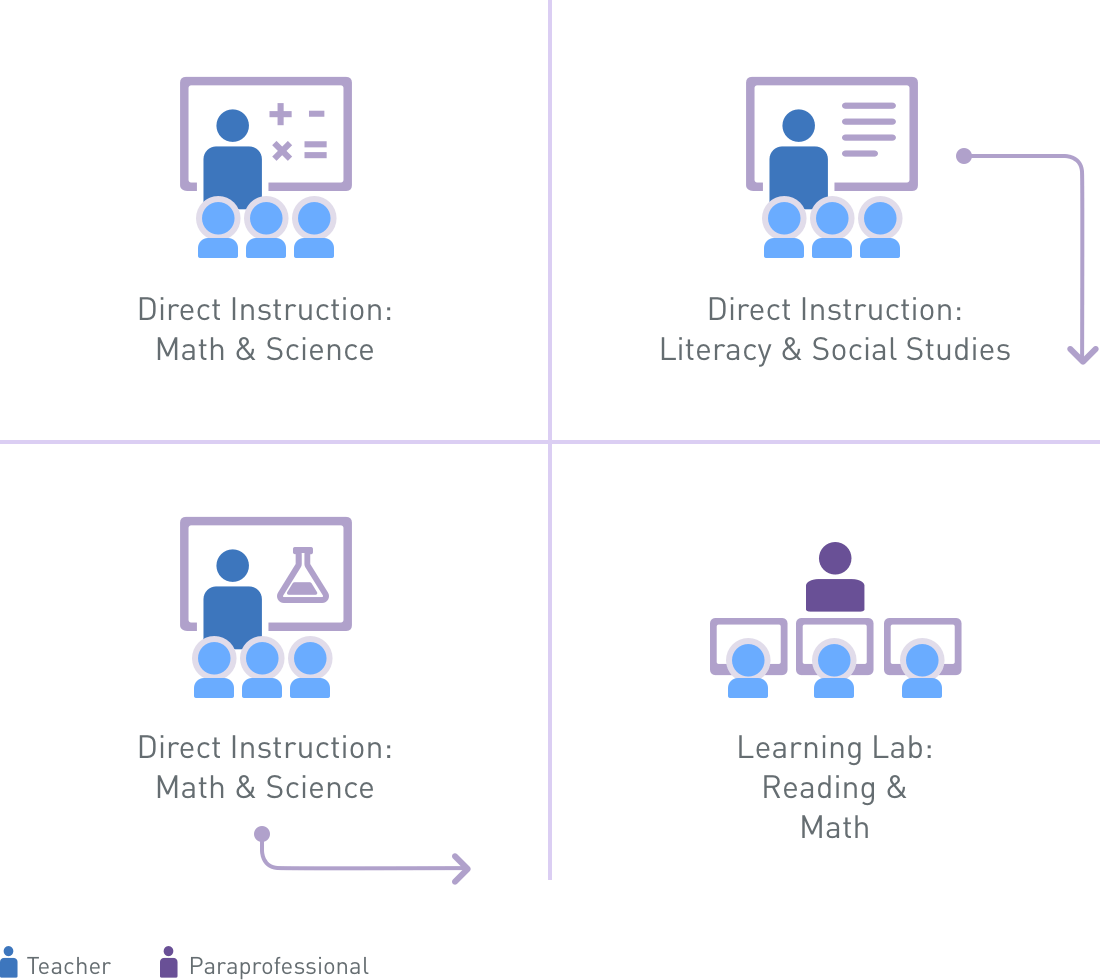
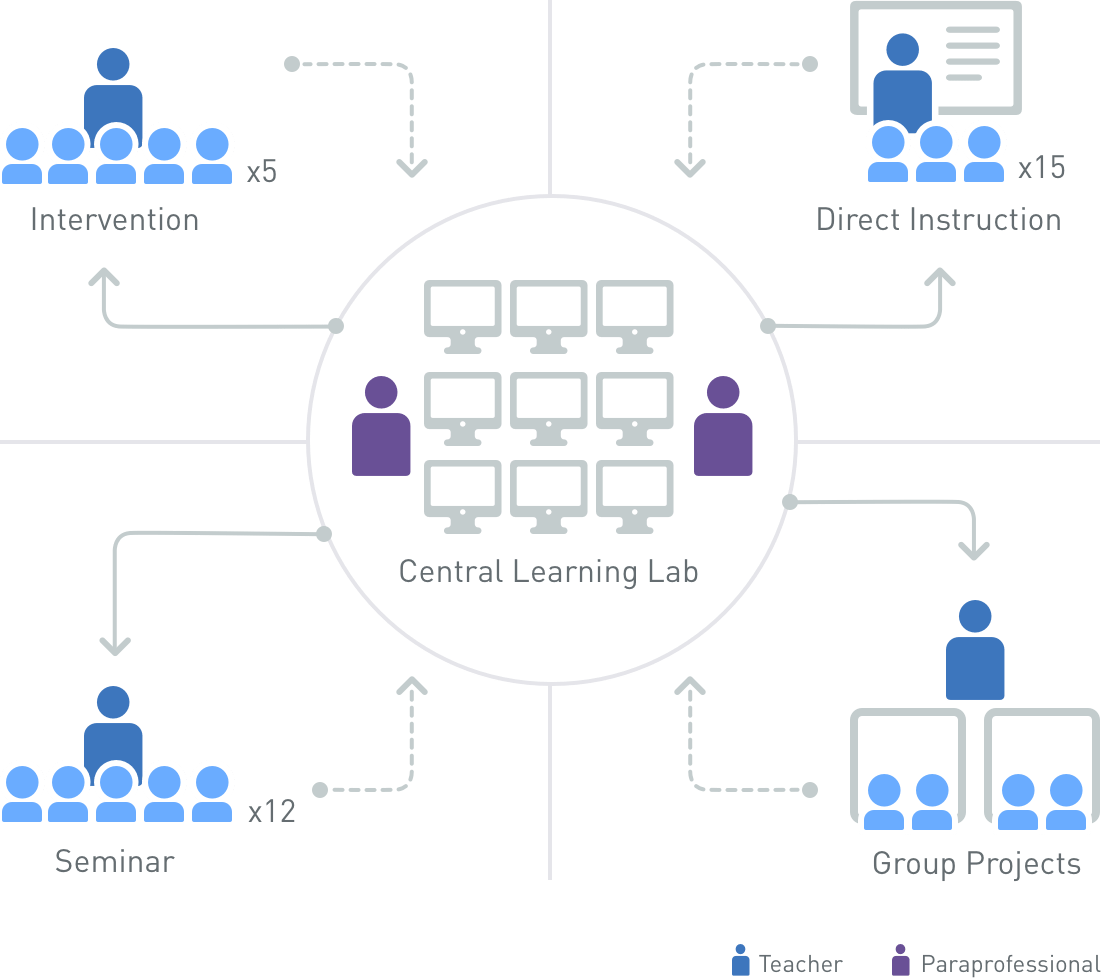
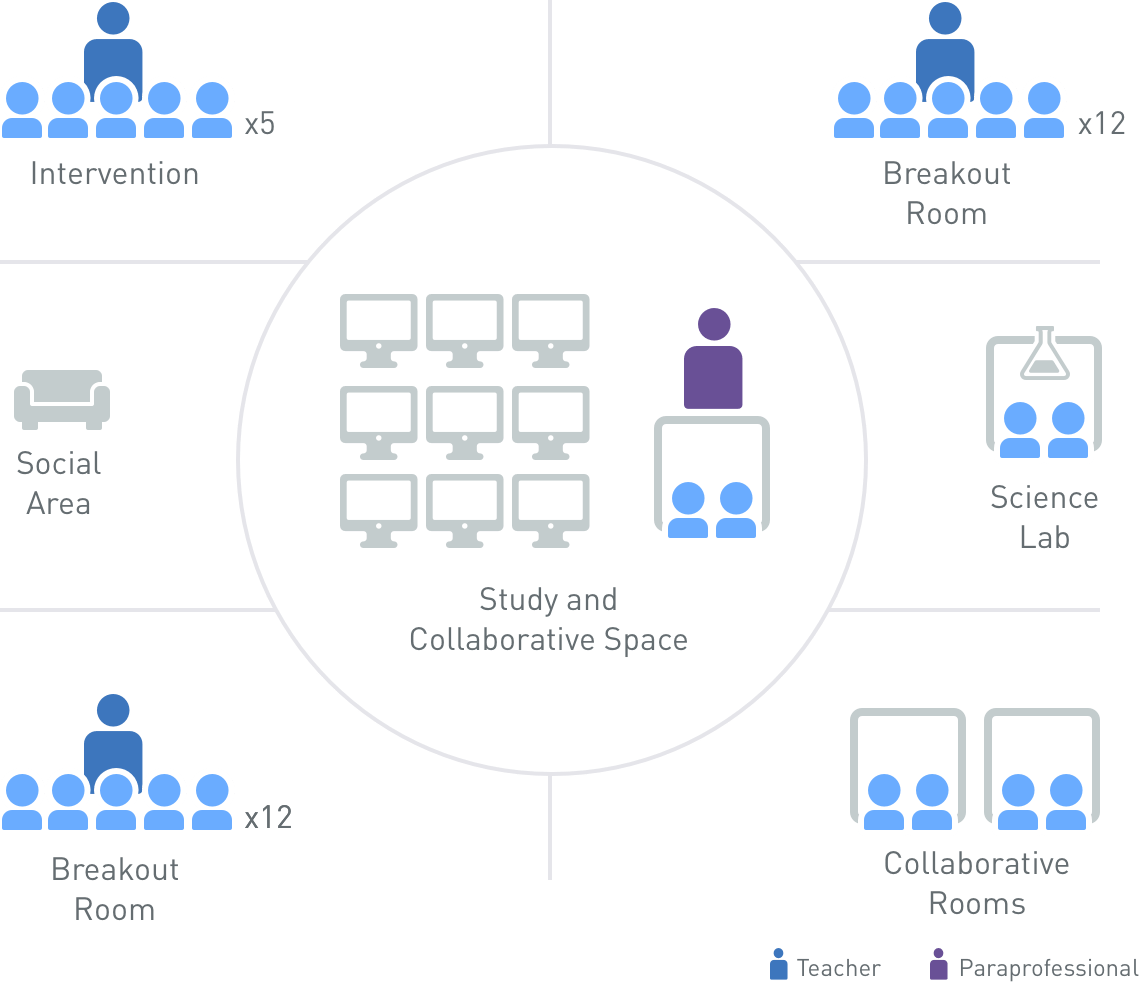
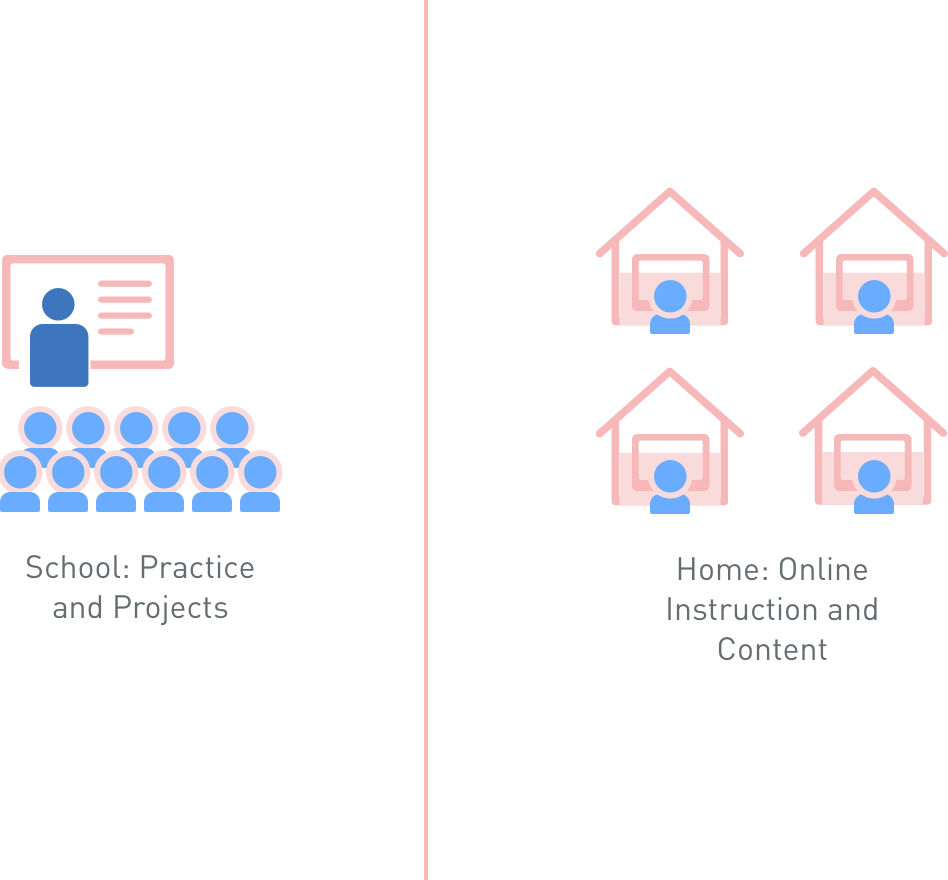
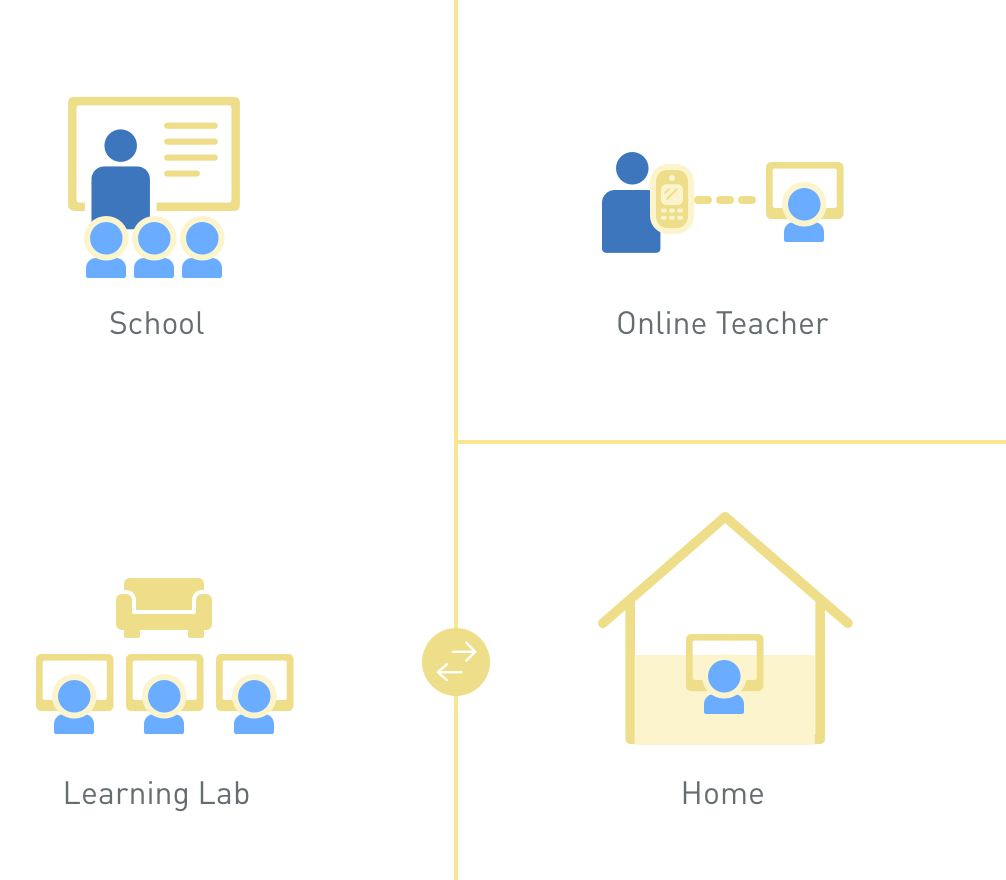
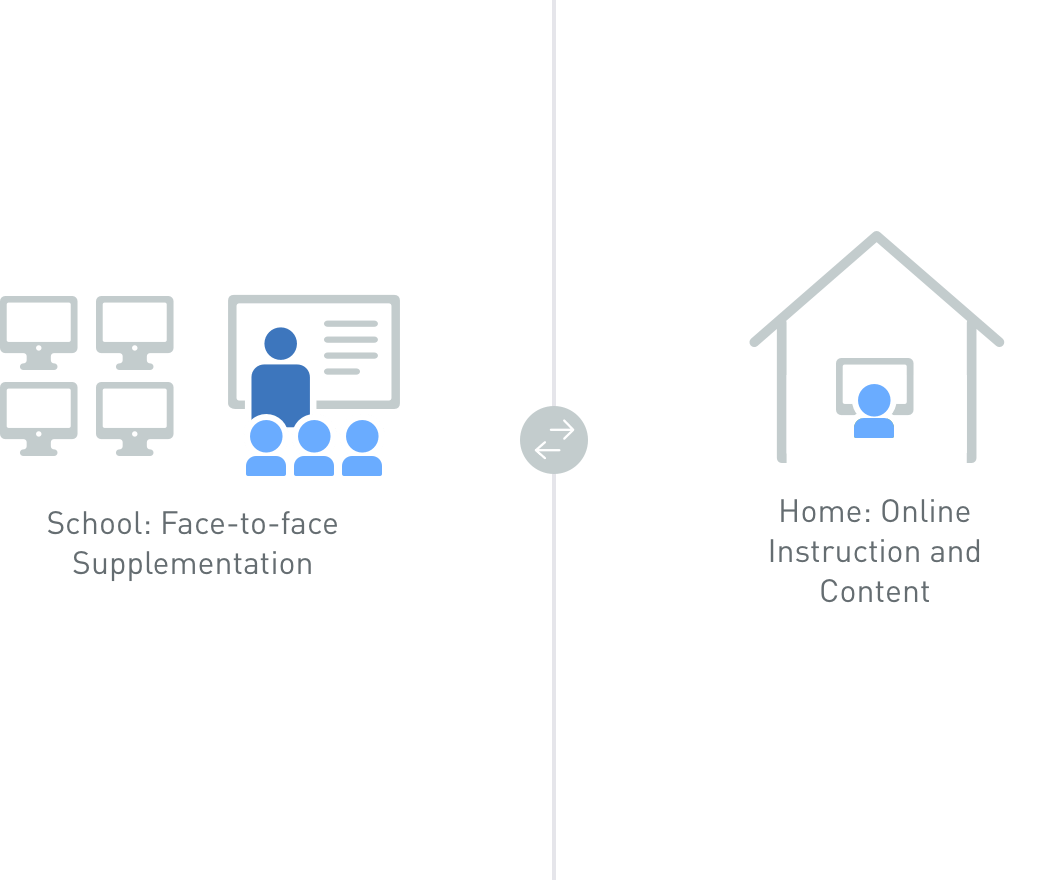
Tidak ada komentar:
Posting Komentar